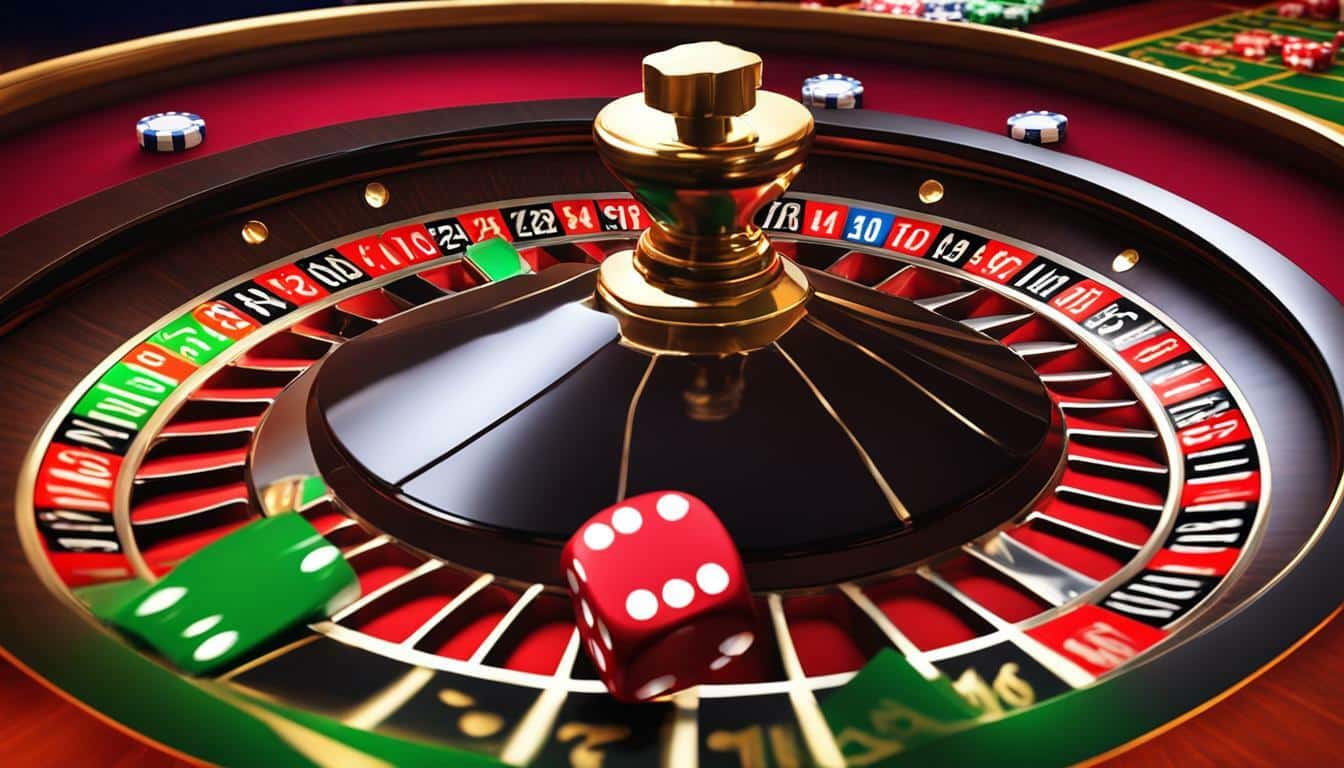
Behind these glittering lights plus those alluring sounds of rotating reels lies an vibrant realm where innovation meets mathematics: the making of casino games. As players flock to casinos seeking excitement and the possibility of striking it rich big, a vast amount of effort takes form behind the scenes to create these games for their enjoyment. From the starting concept to the final product that players engage with, numerous elements are brought together to ensure a captivating play experience.
Creators, engineers, plus game developers work together to merge cutting-edge technology with enthralling gameplay mechanics. Each aspect, from graphics and sound effects to odds plus returns, is meticulously designed to attract players and keep them entertained. Understanding the intricate process of the way casino games are made reveals both the technical expertise involved but also the artistic vision that transforms these immersive experiences to life.
Video Game Design Process
The game workflow begins with brainstorming and concept development, where creators develop ideas for innovative casino games. This initial phase often involves identifying target audiences and analyzing market trends. Designers take into account elements like game mechanics, themes, and payout structures to create an immersive experience. Collaboration between game designers, mathematicians, and artists is essential to guarantee a well-rounded concept.
Once a concept is selected, the next stage entails prototyping and testing. Designers create a functional version of the game to assess its playability and mechanics. This allows for adjustments and refinements based on feedback from testers. Iteration is vital, as designers may navigate multiple rounds of testing to optimize gameplay balance and user experience. This stage is crucial for spotting any potential issues before the game is finalized.
After testing, the game moves into the development phase and production. This includes the technical aspects of coding the game software, integrating graphics, and ensuring compliance with gaming regulations. Quality assurance testing ensures that the game functions flawlessly across various platforms and devices. Once everything is refined, the game is prepared for launch, usually accompanied by marketing strategies to attract players and generate excitement around the latest casino game.
Technology and Development
The development of casino games has changed significantly with advancements in tech. Modern game design often incorporates premium graphics, immersive sound effects, and dynamic animations that deliver a captivating experience for gamers. Game developers use complex software tools and coding languages to create these interactive gaming experiences. Additionally, the use of random number generators ensures fairness and unpredictability in outcomes, which is crucial for ensuring player trust and compliance with gaming regulations.
In recent years, the rise of online casinos has expanded the limits of game development even further. Developers are now able to design games that cater to a global audience, incorporating features such as live dealer options and virtual reality environments. This transition has encouraged creativity, leading to unique game mechanics and formats that enhance player engagement. Gaming on mobile devices has also become a major focus, driving developers to tailor games for mobile phones and tablets, ensuring accessibility and convenience for players on the go.
Collaboration among designers, visual artists, and mathematicians is essential in the creation process. Each team contributes their knowledge to ensure games are not only aesthetically pleasing but also statistically accurate and enjoyable. RR 88 The integration of player feedback during testing phases allows developers to refine game features and functionalities, ultimately leading to a favorable launch. As technology continues to advance, the potential for innovative game concepts and experiences is unbounded, promising an enticing future for casino games.
Testing and Quality Assurance
Once a gambling game has been developed, it enters the critical phase of evaluation and quality control. This phase ensures that the game operates seamlessly and provides a fair experience for gamblers. Teams conduct thorough tests, including operational checks to confirm that all game features work as intended. Each component, from visuals to sound effects, is assessed to ensure quality benchmarks are met.
In addition to operational testing, the game experiences rigorous compliance checks to meet compliance requirements. Multiple jurisdictions have specific rules governing game fairness and player protection. Quality assurance teams will confirm that the random number generators are operating correctly and that the game’s payout percentages align with market standards. This thorough examination helps build trust with gamblers and oversight bodies alike.
Finally, pre-launch testing may be conducted with real players to collect feedback on user experience. This crucial insight allows developers to make necessary adjustments before the public launch. Addressing any possible issues noted during this phase helps ensure that users will have a fluent, engaging experience when the game goes live. The commitment to excellence reflects the industry’s dedication to delivering pleasant and dependable casino games.
